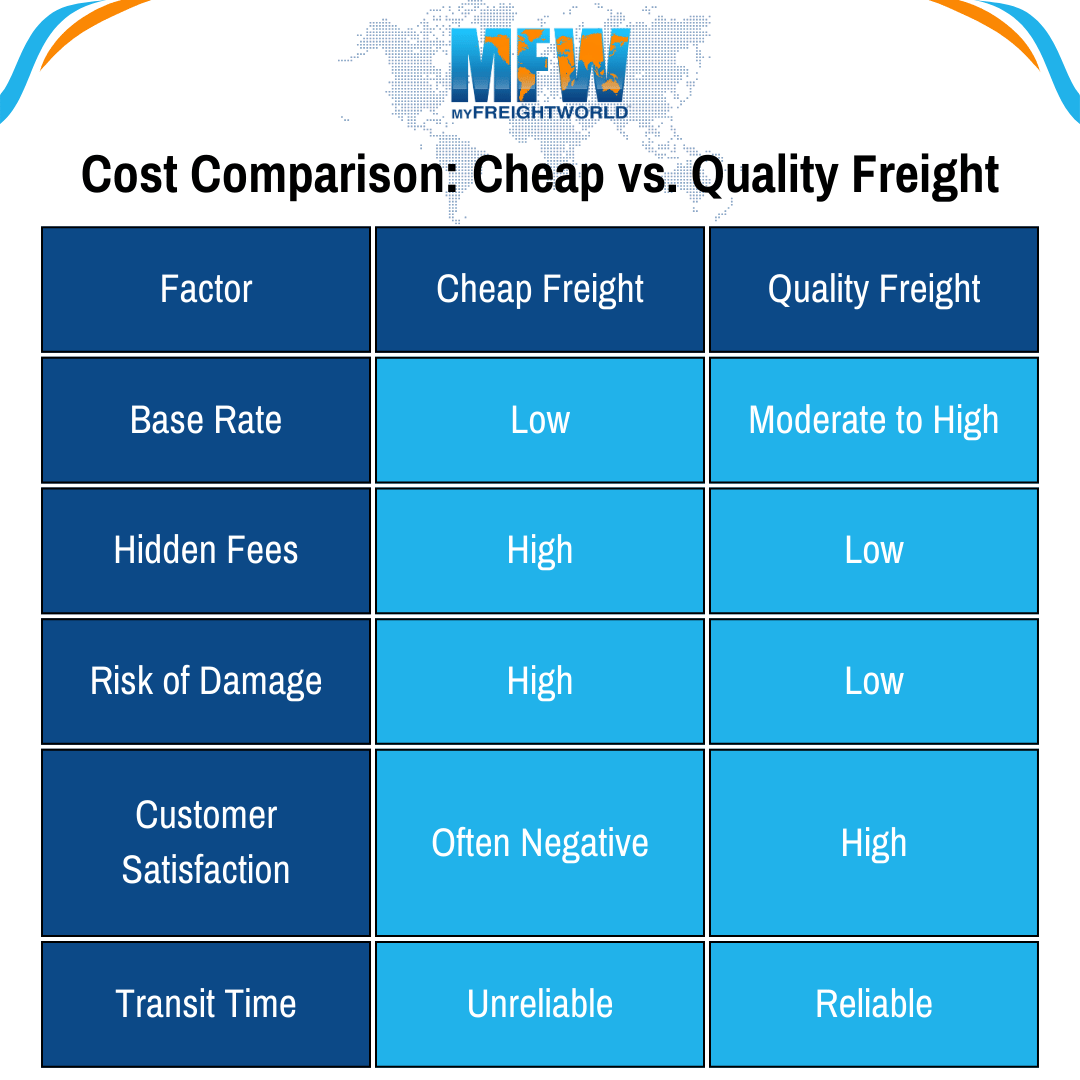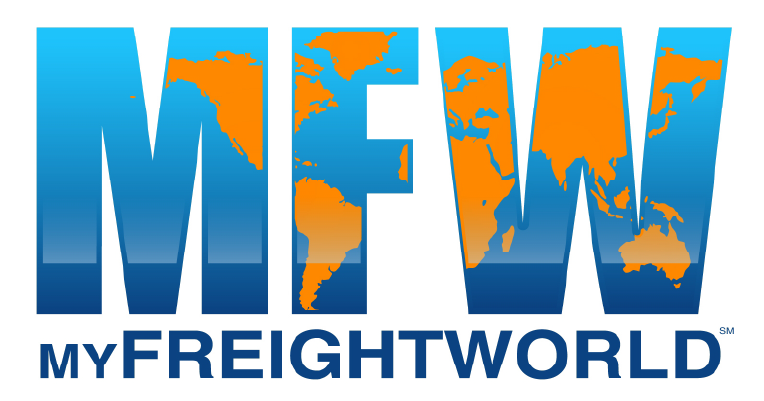
Introduction
When it comes to shipping freight, cost is a critical factor for businesses. With rising logistics expenses, it’s tempting to opt for the lowest shipping quote available. But is the cheapest freight option really the best for your business? Many companies discover hidden costs of low-cost freight shipping, service failures, and supply chain disruptions after choosing the lowest bidder.
In this article, we’ll break down why the cheapest freight service isn’t always the most cost-effective and how to make smarter freight decisions.
1. The True Cost of Cheap Freight Services
Understanding How Freight Rates Are Calculated
Freight pricing isn’t just about distance and weight—it factors in service quality, carrier reliability, and transit times. Cheaper rates often mean cutting corners in one or more of these areas.
Hidden Fees & Extra Charges
Many low-cost freight providers attract customers with attractive base rates but later add on extra fees, including:
- Fuel surcharges
- Residential delivery fees
- Limited access fees
- Reweigh and reclassification charges
- Detention and layover charges
These unexpected fees in cheap freight services can quickly add up, making what seemed like a great deal a costly mistake.
2. Risks Associated with Low-Cost Freight Providers
Increased Potential for Damaged Goods
Budget carriers may use older equipment, lack proper freight handling procedures, or fail to train employees adequately—leading to a higher chance of damaged shipments. The risks of choosing cheap freight carriers include increased claims and disruptions.
Delays & Poor Service Quality
Many shippers report that freight shipping delays with low-cost providers lead to unexpected reschedules and longer transit times, disrupting supply chains.
3. The Impact on Your Supply Chain
How Low-Cost Freight Disrupts Your Business Operations
- Late deliveries can lead to supply chain disruptions from cheap freight services.
- Poor tracking systems may result in lost shipments.
- Longer transit times may hurt customer satisfaction due to low-cost shipping issues.
Customer Satisfaction & Brand Reputation
If shipments arrive damaged or late, your customers may lose trust in your business, ultimately harming your brand.
4. The Total Cost of Ownership (TCO) in Freight Shipping
Beyond the Initial Quote
Instead of focusing solely on the base price, businesses should calculate the total cost of ownership in freight shipping decisions, including service reliability and damage rates.

By comparing cheap vs. quality freight services, businesses can see that upfront savings may lead to costly long-term consequences.
5. How to Make Informed Freight Decisions
Vetting Freight Carriers for Quality & Reliability
Before selecting a provider, check for: ✅ Carrier ratings & reviews ✅ On-time delivery percentage ✅ Damage claims history ✅ Transit time consistency
Balancing Cost & Service Quality
Instead of just choosing the lowest rate, consider how to choose reliable freight services by balancing affordability, reliability, and service support.
A smart shipping strategy involves balancing cost and quality in freight shipping, ensuring cost savings without sacrificing performance.
Conclusion: Finding the Right Freight Partner
While cost savings are crucial, choosing the cheapest freight service often results in greater expenses due to damages, delays, and hidden fees. By considering the total cost, prioritizing reliability, and vetting providers carefully, businesses can avoid costly shipping mistakes.
Need a cost-effective AND reliable freight solution? Contact us today for expert freight management and competitive rates that balance cost and quality.
